Description
Both Topaz and Zinnwaldite have been featured recently in other videos and there’s not a whole lot of additional information learned and included in this description since then, but in case you haven’t yet watched those (linked below), the tldr is that this rock is cool because Zinnwaldite is one of the few minerals with Rubidium, it’s from its TL, and in addition to the Cassiterite on Zinnwaldite and Zinnwaldite, you can now bring home a Zinnwaldite with Topaz, as well!
Zinnwaldite is found in maybe a few hundred localities worldwide, with around 30 in Colorado, while Topaz has been found in at least 100 within Colorado, and more than 1,000 worldwide, both typically in igneous rocks, pegmatites, and rhyolites, hydrothermal veins, metamorphic rocks, and greisens. Topaz is typically used as a gemstone, but this specimen isn’t as valuable in that regard as the Zinnwaldite is for its Rubidium content, in this case.
Topaz is the mineral used to identify a hardness of 8 on the Mohs Scale, and it has a specific gravity of 3.49–3.57. Zinnwaldite has a hardness of 3½-4 and a specific gravity of 2.9-3.1. Topaz was named after the Topasos Island in the Red Sea. In antique times, the name was probably used for the gemstone that is now known as Peridot, according to Mindat. Zinnwaldite was first described in 1845, but was discredited (in 1998?) and instead identified as Polylithionite. Zinnwald, itself, was named for a major tin deposit.
Zinnwaldite has been found in maybe a thousand locations, and is often mined for Lithium, and for its Rubidium content – sometimes as high as 1%! WebMineral shows a specimen they analyzed at around 38% Oxygen, 19% Silicon, 13% Iron, 12% Aluminum, 9% Potassium, 7% Fluorine, and 1.59% Lithium. Topaz, on the other hand, makes for a great Aluminum sample, at nearly 30%! In addition to that, it’s also comprised of around 43% Oxygen, 15% Silicon, and 11% Fluorine.
As a natural representation of those elements, this specimen would make for a great sample for element collectors, but otherwise, its Iron, Rubidium, Potassium, Lithium and Aluminum aren’t of incredibly significant economic value. However, if you keep your eye out for a rock like this on your next hike, you’ll now know what you’re looking at, and if you’re looking to replace your electric car’s battery, just gather a bunch of this mineral!




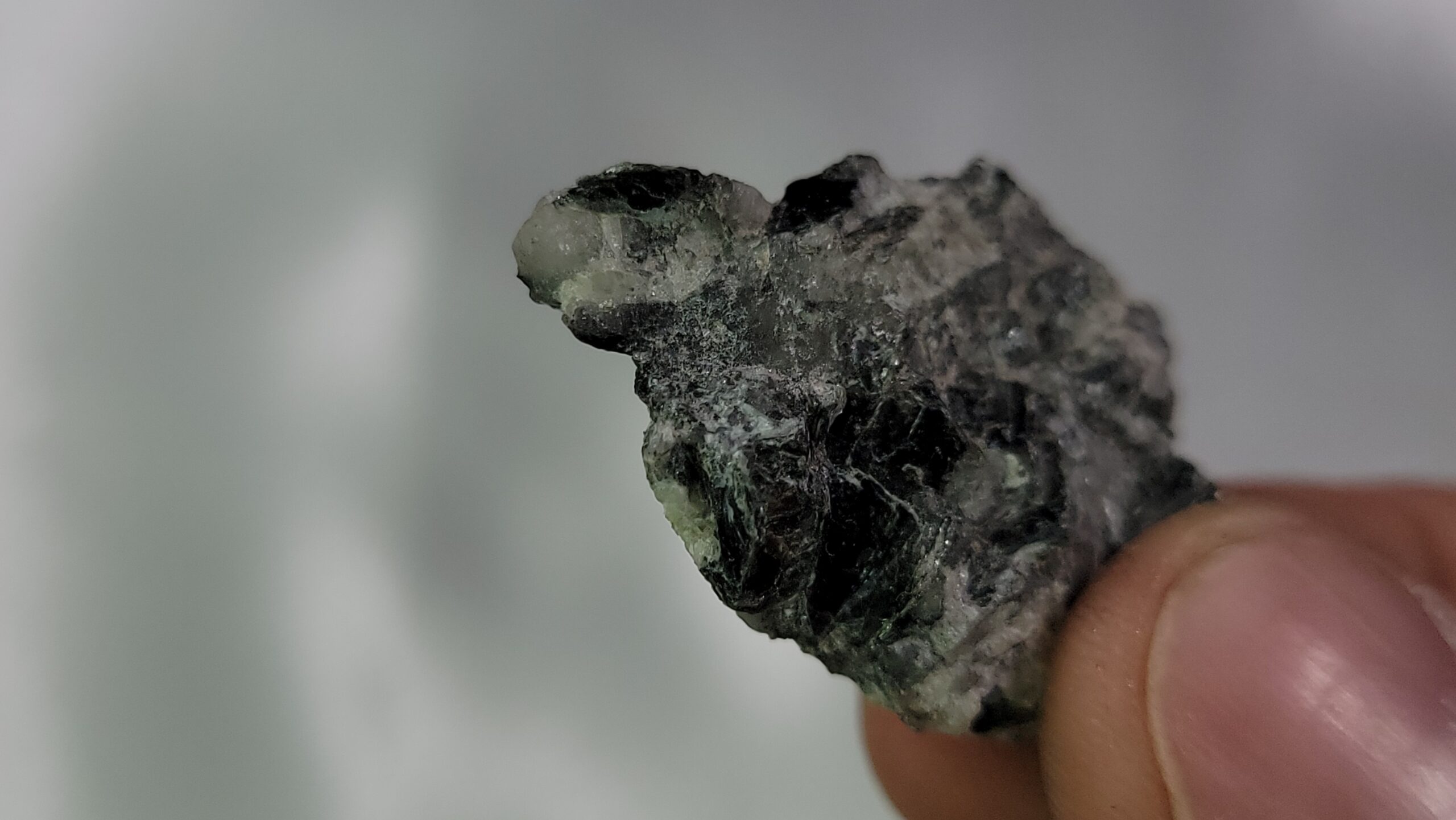
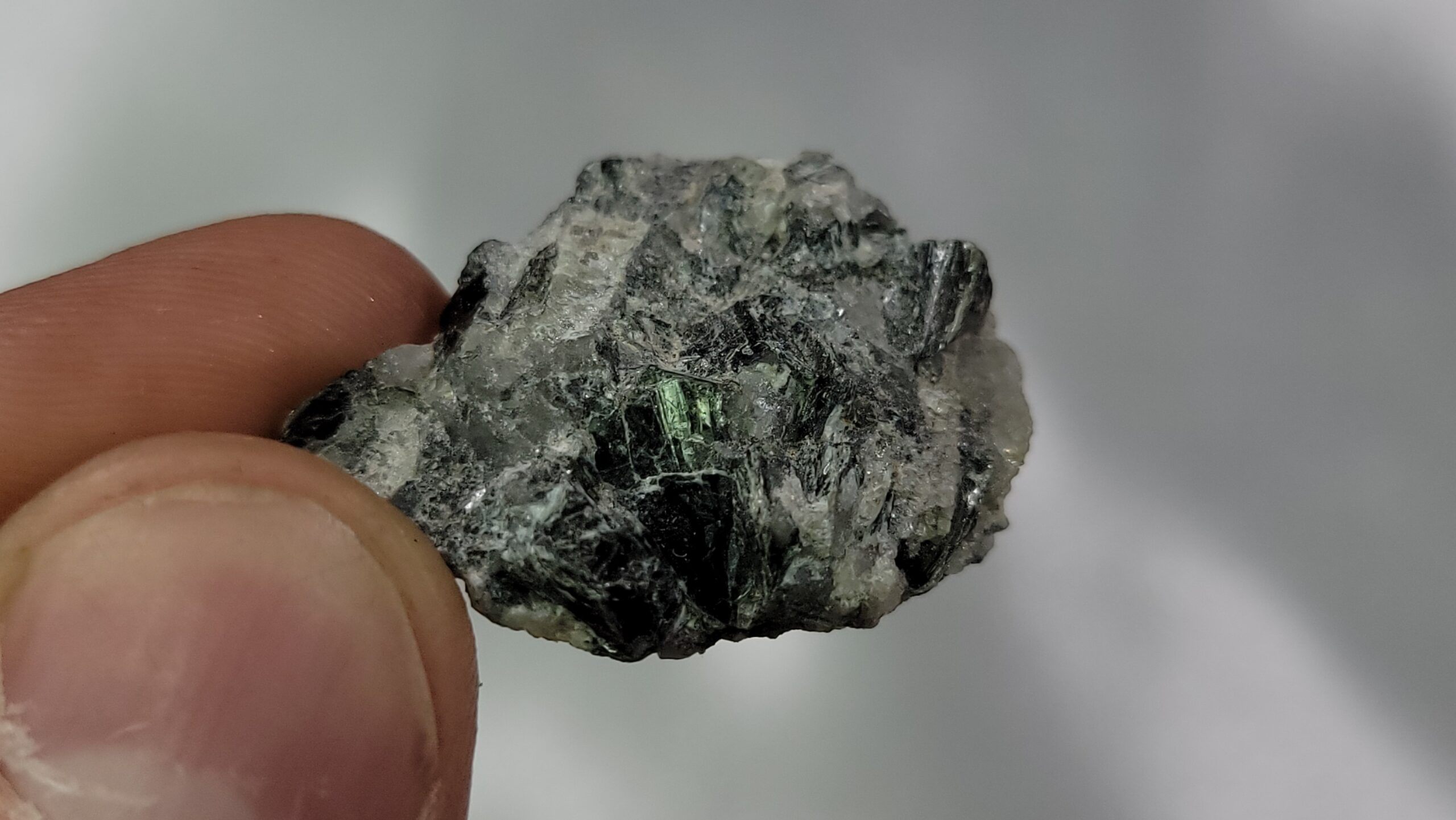
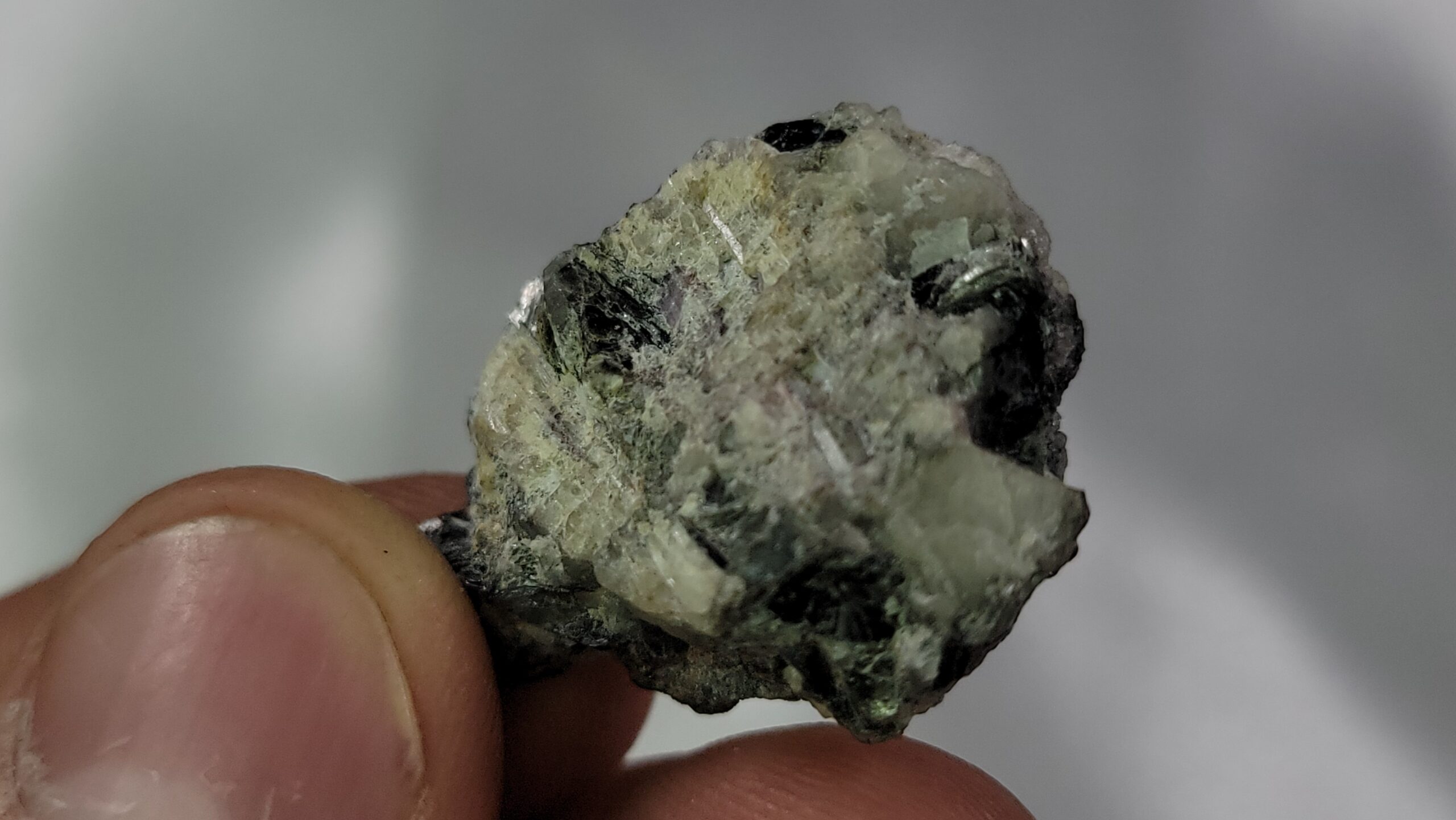

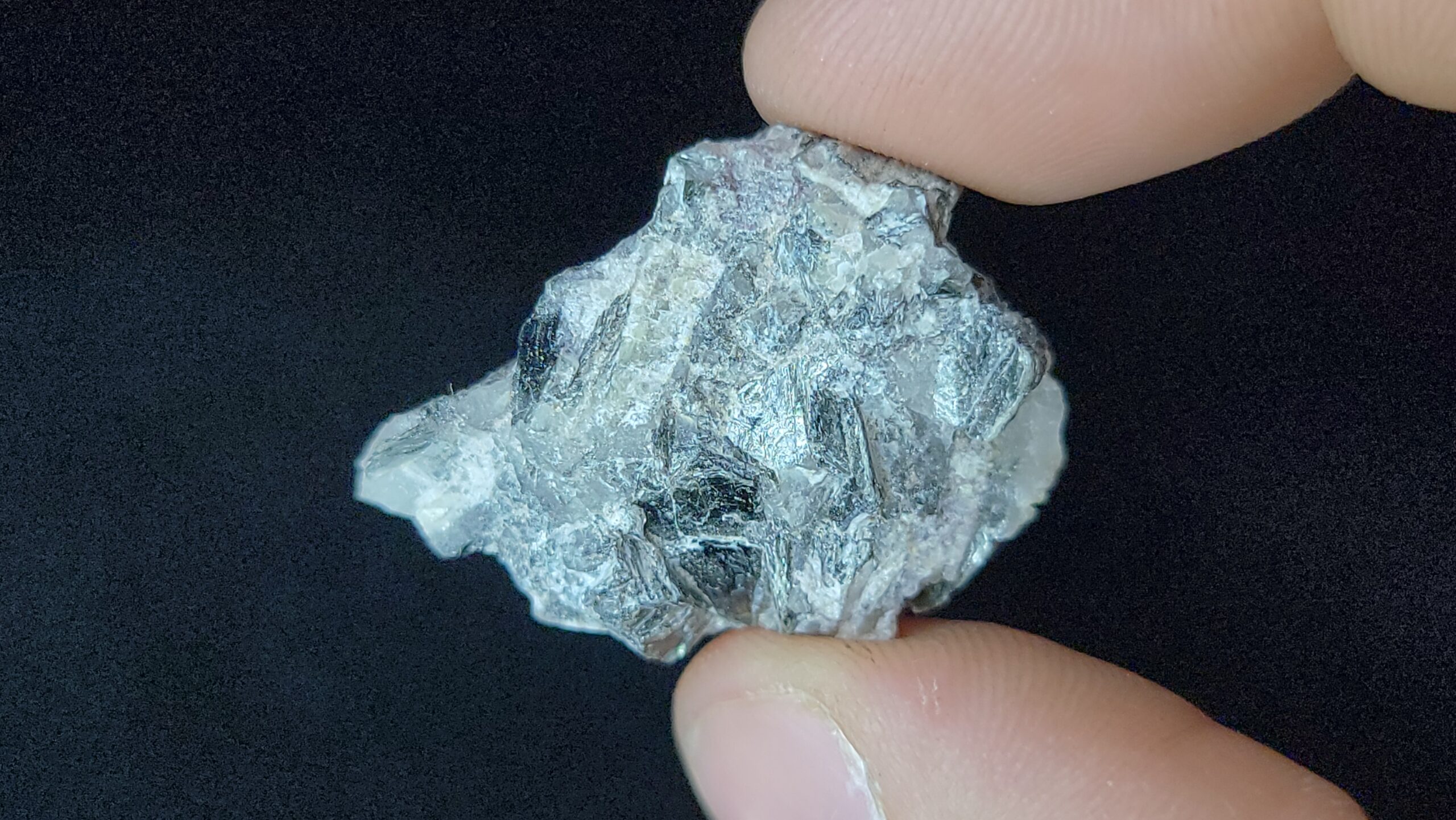

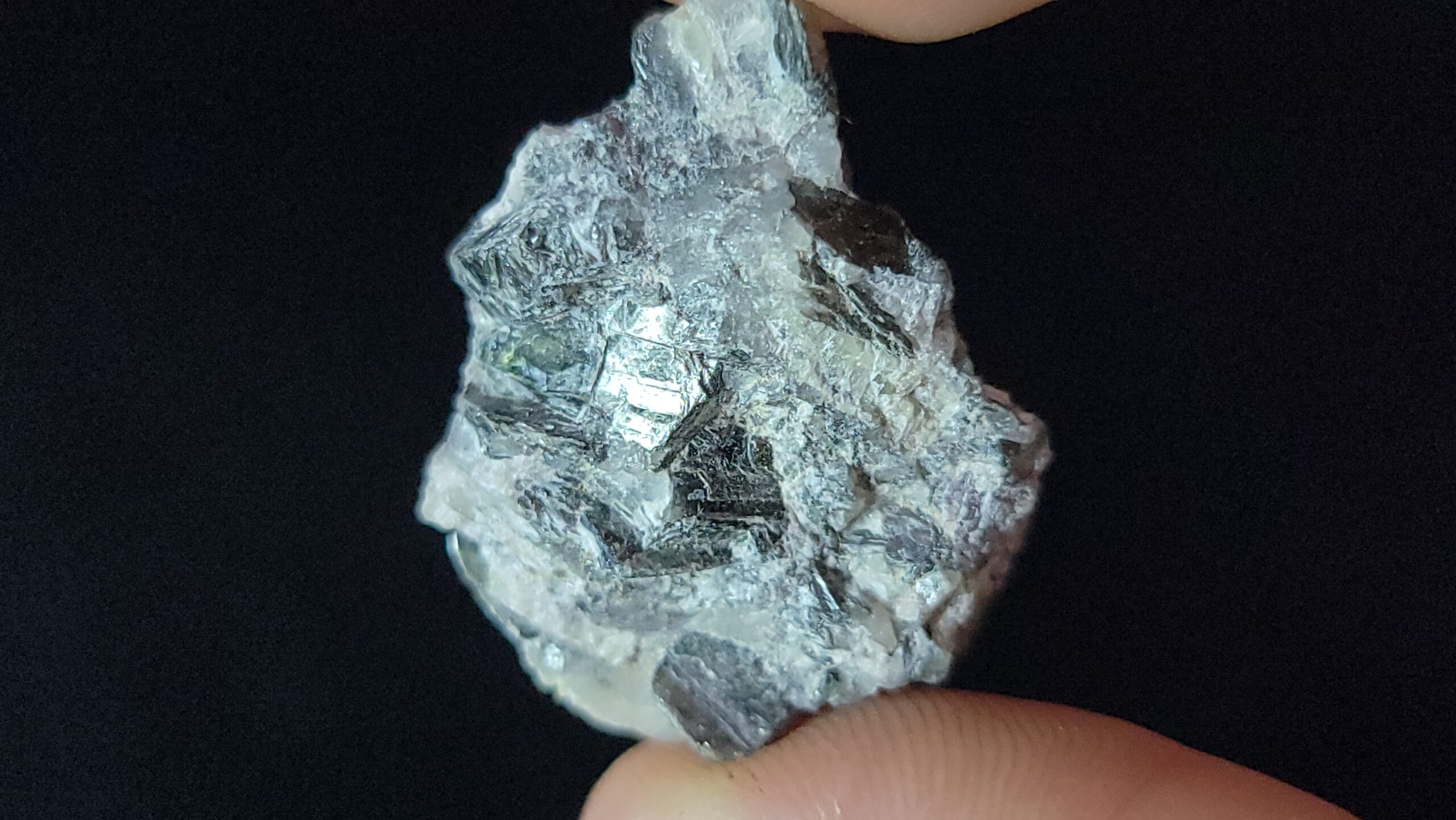
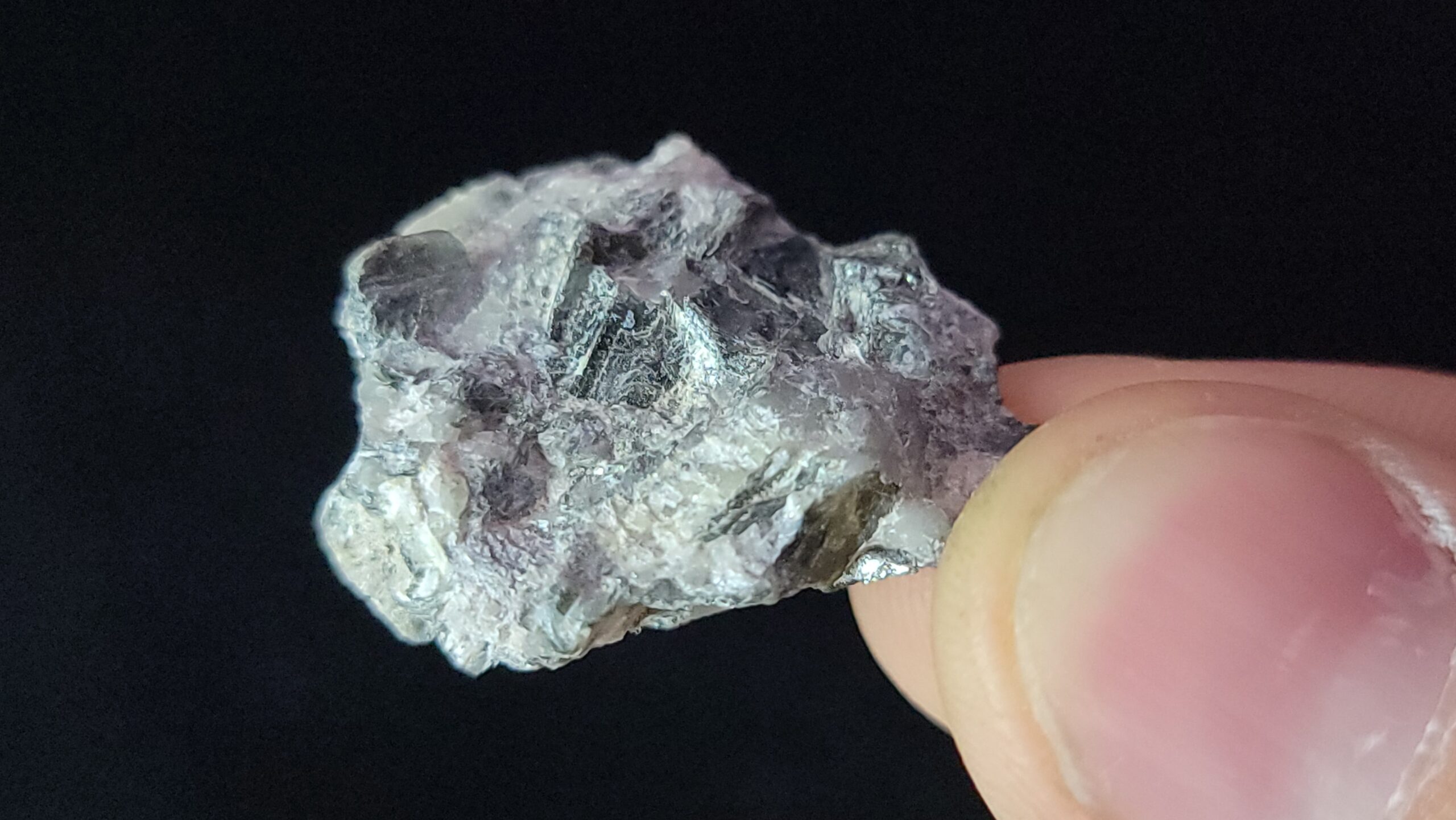
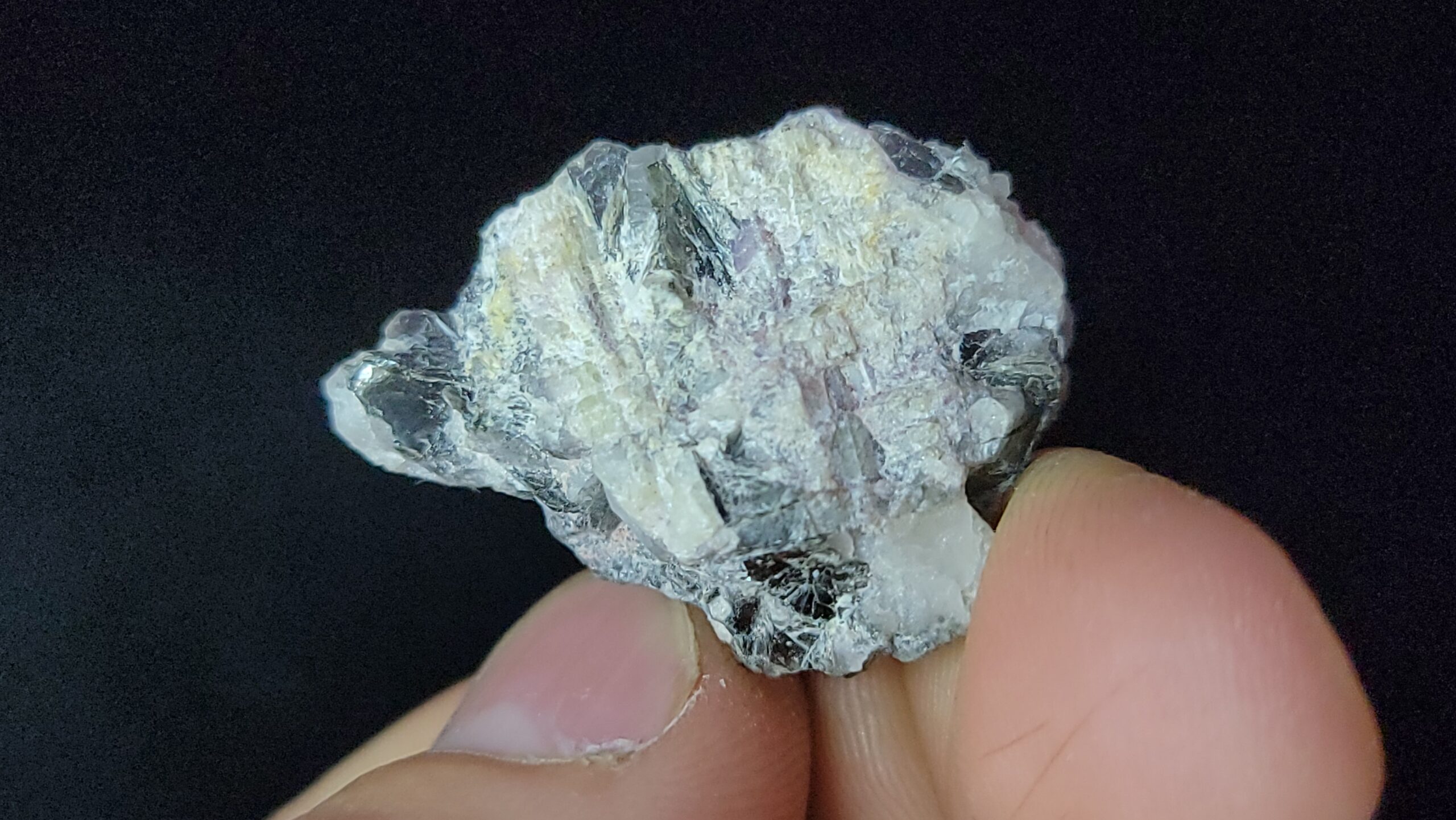







Reviews
There are no reviews yet.